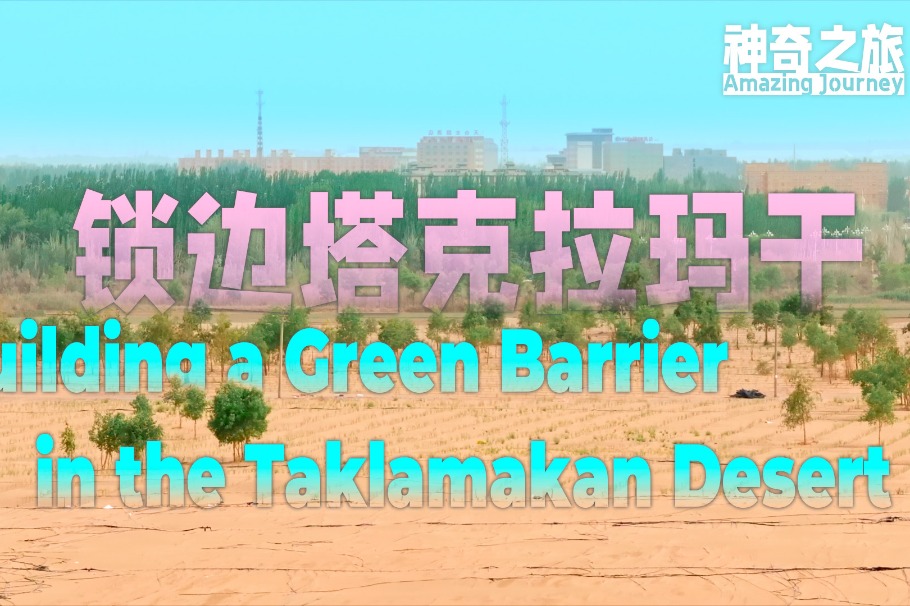Share Big Earth Data expertise and contribute to achieving SDG2 Zero Hunger


The year 2020 marks the 5th anniversary of the adoption of the 2030 Agenda for Sustainable Development. When presiding over the High-level Video Conference on Poverty Eradication and South-South Cooperation, Chinese State Councilor and Foreign Minister Wang Yi announced the release of the Big Earth Data in Support of the Sustainable Development Goals Report 2020 written by the Chinese Academy of Sciences, which is of great significance.
The report includes 26 case studies concerning 6 SDGs, including 4 cases about SDG 2 Zero Hunger. Progress in achieving Zero Hunger and other SDGs has been slow and falling far behind. The UN report warns that the world faces an impending food crisis on a scale that has not been seen for 50 years. The COVID-19 pandemic is likely to add 83 million to 132 million people to over 690 million worldwide who are undernourished. Particularly in Africa, desert locust combined with COVID-19 has reduced per capita food production to the lowest level since 2014 and food security has deteriorated over the past five years, risking doubling the number of people affected by hunger.
Tracking and assessing the progress in achieving SDG2 and its changing pattern can help identify the breadth and depth of the problem, as well as the number of people affected and their distribution and needs, thus providing information for policy and investment decisions and improving food security. Large amounts of data is required to support the above process, causing new challenges for data collection. The emergence of cutting-edge technologies such as the Big Earth Data and artificial intelligence provides new means and basis for the dynamic evaluation of indicators of SDG2, especially by offering unified estimations region by region and cognition on progress over large scale.
With the largest population and as a large agriculture producer, China's achievement of SDG2 will contribute enormously to global food security. In recent years, important progress has been made in monitoring food production and food supply in China based on Big Earth Data. China has been tracking quantity and quality of cultivated land. The spatiotemporal changes on food production, its environmental impacts and the potential of agricultural sustainable intensification show that the food production system in China has become more environmentally efficient. Priority regions and factors are identified to achieve a more sustainable system, providing scientific support for delivering long-term food security. Meanwhile, the Chinese government attaches great importance to national nutrition and health. In recent years, the national nutrition and health surveys and surveillances have been carried out, in order to know the changing characteristics of the nutritional conditions and related diseases among Chinese population, helping realize the goal of Zero Hunger.
International cooperation is important for achieving SDG2. While monitoring food security in China, China has been sharing experiences with other countries to fulfil the pledge of leaving no one behind in the 2030 Agenda. The CropWatch Cloud, developed by China scientists, has been providing agro-climate, agronomic information service for more than 170 countries and regions, particularly for developing countries in African which have most vulnerable food security situation and are hardest-hit by climate change. The customized CropWatch Cloud platform (Portuguese version) in Mozambique has helped the country conduct their own crop monitoring and equipped the countries with independent monitoring and early warning capabilities, contributing to the leapfrog development of its governance in food security and serving as an example of knowledge sharing. Big Earth Data-enabled remote monitoring of desert locusts in Asia and Africa by Chinese scientists has also provided scientific and technological support for disaster relief in African and South-Asian countries.
In face of slow progress towards Zero Hunger in the world, China will continue to deepen South-South cooperation, synergize the Belt and Road Initiative with the implementation of the 2030 Agenda and leverage innovative technologies and methodologies such as Earth Observation, Cloud platform, and Smart Agriculture and share expertise and experiences with other countries to promote governance capacities on food security and contribute more to achieving the goal of Zero Hunger.
The authors are professor and associate professors at Aerospace Information Research Institute, Chinese Academy of Sciences.


































